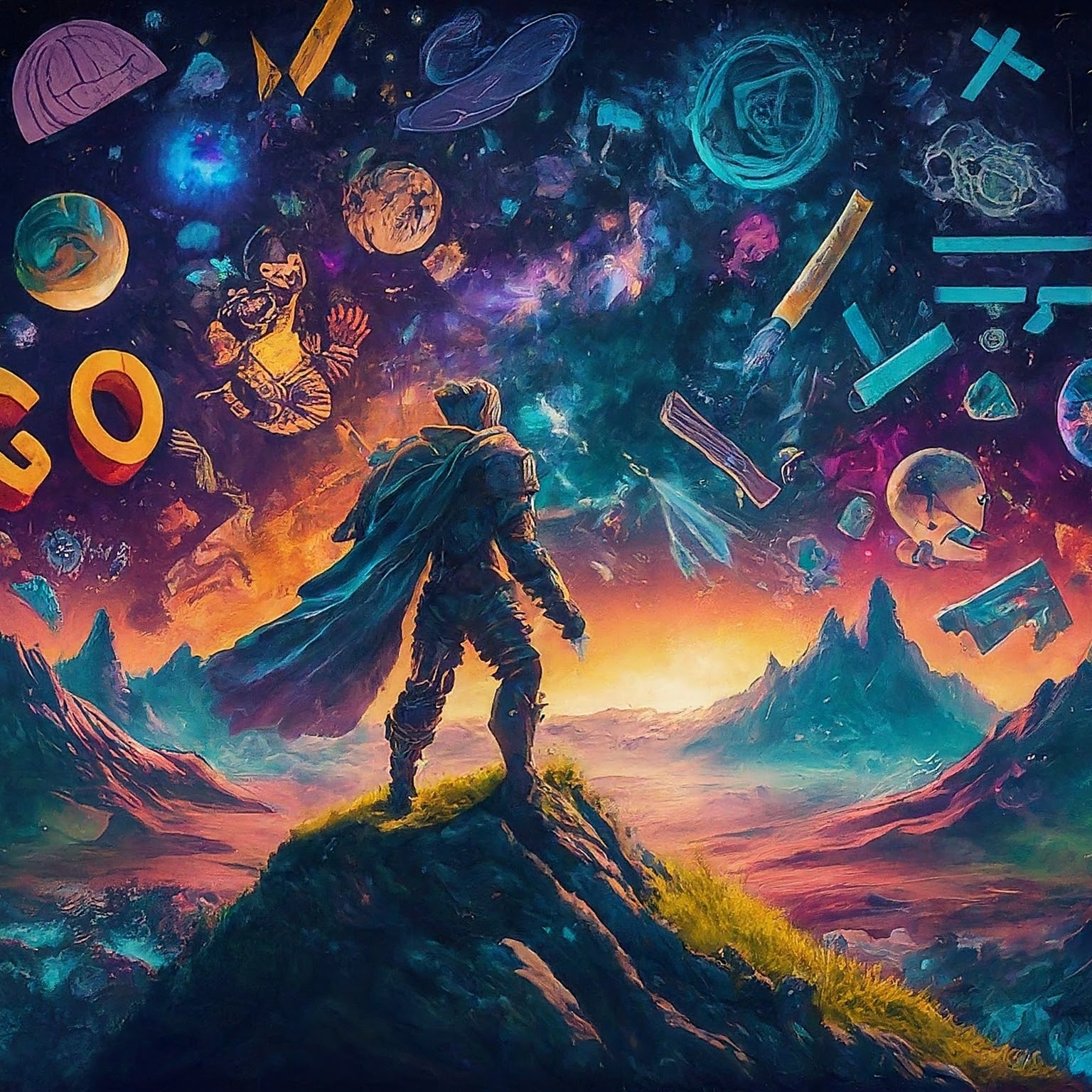Mastering Game Development: Essential Tools and Languages for 2024
 Raayan Pinjar
Raayan Pinjar
The landscape of game development is constantly evolving, with new tools and languages emerging to meet the ever-growing demands of both developers and players. As we step into 2024, mastering the right combination of software and coding languages is crucial for creating engaging, high-quality games. Below, we explore some of the essential tools and languages every game developer should be familiar with.
Tools
Game Engines
Unity :
Why It’s Essential: Unity is a versatile and user-friendly game engine, making it a popular choice for both indie developers and large studios. Its support for 2D and 3D game development allows for a wide range of project types.
Key Features: Unity primarily uses C# for scripting, offering a robust asset store and a strong community for support. Whether you’re developing for mobile, PC, or console, Unity provides the tools necessary to bring your vision to life.
Unreal Engine:
Why It’s Essential: Unreal Engine is known for its high-quality graphics and is often the preferred choice for AAA game development. It’s known for its advanced rendering capabilities and comprehensive toolset.
Key Features: The engine supports C++ and Blueprints, a visual scripting system that allows developers to prototype and iterate without deep programming knowledge. Unreal’s power lies in its ability to handle complex scenes and provide lifelike graphics.
Godot :
Why It’s Essential: Godot is an open-source game engine that’s rapidly gaining traction, especially among indie developers. It’s lightweight, easy to use, and highly customizable.
Key Features: Godot supports multiple scripting languages, including GDScript (a Python-like language), C#, and C++. Its intuitive interface and node-based architecture make it accessible for newcomers while offering enough depth for seasoned developers.
Graphics Tools
Blender
Why It’s Essential: Blender is a powerful, open-source tool for creating 3D models, animations, and visual effects. It’s used widely in game development for creating characters, environments, and other assets.
Key Features: Blender offers an extensive set of features for modeling, sculpting, rendering, and animation, making it a one-stop-shop for 3D content creation. Its open-source nature also means a strong community and constant updates.
Adobe Photoshop
Why It’s Essential: Adobe Photoshop is a staple in the game development industry, particularly for creating 2D textures, sprites, and UI elements.
Key Features: Photoshop’s robust toolset allows for precise control over image editing, enabling developers to create detailed and polished graphical assets. It’s also widely used for concept art and digital painting.
Substance Painter
Why It’s Essential: Substance Painter is the industry-standard tool for texturing 3D models, offering unparalleled precision and detail.
Key Features: With its powerful procedural texturing and material painting capabilities, Substance Painter allows artists to achieve photorealistic textures and effects. It integrates seamlessly with other 3D software, making it an essential part of the texturing pipeline.
Audio Tools
FMOD
Why It’s Essential: FMOD is a comprehensive audio middleware solution, used in many AAA titles for its flexibility and power.
Key Features: FMOD allows developers to create dynamic and interactive soundscapes, from simple sound effects to complex audio behaviors. Its real-time editing and integration with popular game engines make it a must-have for sound designers.
Audacity
Why It’s Essential: Audacity is an open-source audio editor that’s great for recording and editing sound effects and music.Key Features: While not as feature-rich as FMOD, Audacity is easy to use and perfect for basic audio tasks. Its ability to handle various audio formats and apply effects makes it a handy tool for any game developer.Collaboration and Version ControlGitWhy It’s Essential: Git is a version control system that helps manage changes to the game’s source code and assets, essential for team collaboration.
Key Features: With Git, developers can track changes, revert to previous versions, and collaborate on code seamlessly. It’s a fundamental tool for any development team, ensuring that everyone is on the same page.
GitHub/GitLab
Why It’s Essential: Platforms like GitHub and GitLab host Git repositories and facilitate collaboration among team members, offering additional features like issue tracking and CI/CD pipelines.
Key Features: These platforms provide a centralized place for teams to manage their projects, review code, and automate builds, making them indispensable in the modern development workflow.
Languages
C#
Where It’s Used: Unity
Why It’s Essential: C# is widely used in Unity for scripting and is known for its simplicity and efficiency. It’s a great language for both beginners and experienced developers, offering a balance of power and ease of use.
C++
Where It’s Used: Unreal Engine
Why It’s Essential: C++ is the primary language for Unreal Engine and is valued for its high performance and control over system resources. It’s the go-to language for developing performance-critical aspects of a game, such as physics and AI.
Python
Where It’s Used: Various Tools and Pipelines
Why It’s Essential: While not commonly used directly in game engines, Python is a versatile language often employed for scripting, automation, and tools development within the game development pipeline.
JavaScript
Where It’s Used: Web-Based Games
Why It’s Essential: JavaScript is crucial for web-based game development, especially when combined with frameworks like Phaser. It allows for the creation of interactive, browser-based games.
GDScript
Where It’s Used: Godot
Why It’s Essential: GDScript is a Python-like language designed specifically for Godot. It’s easy to learn and integrates seamlessly with the engine, making it ideal for scripting game logic.
Conclusion
By mastering these essential tools and languages, game developers will be well-equipped to create the next generation of engaging and high-quality games in 2024. Whether you’re an indie developer or part of a large studio, staying up-to-date with the latest technologies is key to success in this rapidly evolving industry.
Subscribe to my newsletter
Read articles from Raayan Pinjar directly inside your inbox. Subscribe to the newsletter, and don't miss out.
Written by

Raayan Pinjar
Raayan Pinjar
Relaxing and going